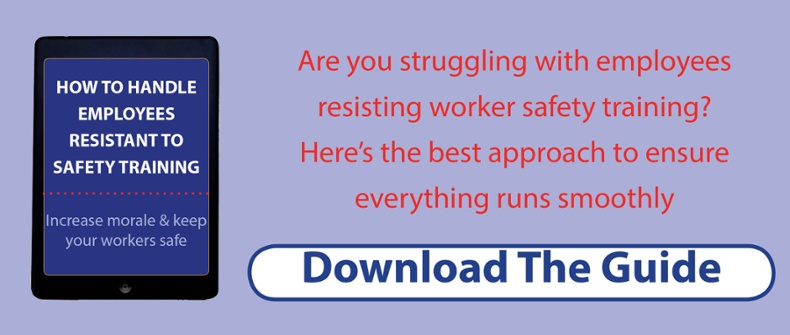
Correct health and safety procedures are a key component in the successful operation of a manufacturing plant. Workers in the manufacturing industry face a variety of hazards that may not be found in other workplaces. Therefore, health and safety managers must ensure that all factors are taken into consideration to keep staff safe. Lone workers are prominent in manufacturing plants and often work in remote areas of a plant with little contact with their co-workers. Considering Lone worker safety is vital when it comes to designing a fail-safe health and safety plan for employees to follow. Managers should take into account all workers that are employed in a manufacturing plant but be sure to identify those that often work alone without other supervision. Lone workers present additional considerations that may not apply to other members of staff that have constant contact with co-workers. It can sometimes be difficult to identify a lone-worker, as some workers may work alongside others some of the time, and other times be working alone. If an employee is working alone for any length of time, then they can be considered a lone worker, even if they work around other workers the majority of the time.
Lone Worker Safety - Common Hazards In The Manufacturing Industry
Recognising the hazards that lone workers face while at work is the first step in designing a solid and effective health and safety plan.
Chemicals
Many manufacturing plants require workers to come into contact with dangerous chemicals on a regular basis. Although there may be specific guidelines already in place for those using chemicals, it is necessary to consider whether the use of certain chemicals is safe for any member of staff that is working alone. If a staff member has to use dangerous chemicals alone it is essential that they are able to quickly receive any help that they may need if an accident does occur.
High Temperatures
There is an extensive amount of machinery used in manufacturing plants many of which can reach dangerous temperatures. Staff can easily suffer severe burns and may need quick medical attention. Severe burns can have an effect on other areas of the body and may cause individuals to go into shock or feel nauseous and disorientated. In these instances, lone workers may not be able to successfully alert other staff members of their need for medical attention and their condition may worsen.
Injuries Caused By Machinery
Injuries or incidents caused by machinery is a large concern, with many different elements for consideration. Most machinery in modern manufacturing plants is operated by the use of electricity. With workers exposed to lethal amounts of electricity in the event of a malfunction, or during maintenance. Assuring staff have the means to communicate any concerns or report accidents is essential. In addition to this, injury caused by moving parts in machinery is another important factor to consider. Moving parts in machinery can seriously injure staff, so taking the right steps to prevent such occurrences is crucial.
Ways To Ensure A Safe Working Environment
- Arrange Safety Drills - Safety drills can be helpful in gauging the responsiveness and knowledge of staff in response to an emergency. Regular drills allow health and safety managers to identify areas that may need further training or consideration.
- Check In Systems - Having staff check in and out of the building before and after shifts (and breaks) provides a record of staff that can be referred to in the event of an emergency.
- Regular Maintenance - Any equipment staff come into contact with should be regularly tested and serviced, ensuring staff are working with safe equipment is paramount in preventing any unnecessary injuries.
- Electricity Lockout Procedures - Maintenance on electrical machinery can be extremely dangerous if a lockout procedure is not followed. All staff working on the maintenance or servicing or equipment should be sure that all power is disconnected before beginning work. Having a lockout procedure ensures that power is completely disconnected and cannot be switched on again until maintenance is completed.
- Communication - Communication between staff members is the most important factor in providing a safe working environment. Without sufficient communication, accidents can easily occur. Making sure that each staff member can communicate effectively with co-workers is essential when it comes to correct health and safety planning.
Communication And Lone Worker Safety
As mentioned above, communication is an essential part of a health and safety plan. With lone workers that may be responsible for overseeing certain areas of a manufacturing plant, it can be difficult to make sure constant contact is possible. Although lone workers may spend significant amounts of time without coming into contact with any other staff members, they should have be provided with a communication method. A communication handset for lone workers that has built in lone worker features is a good way of ensuring contact between the lone worker and other members of staff, if an issue should arise. Using a device like this in addition to other health and safety procedures can help to prevent accidents, or ensure that lone workers receive they help they need in the event of an accident. When used in combination with lone worker monitoring and alerting software, a communication device can allow health and safety managers to keep track of the status of lone workers, and respond to incidents quickly and efficiently.





